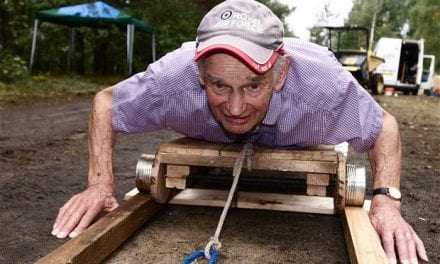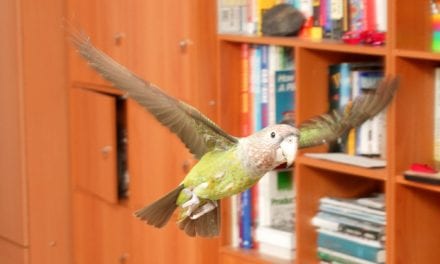At any given moment, your community probably has 50 or more stories. How many are you sharing?
By Susan Saldibar
A couple days ago, on a writing break, instead of tuning into CNN or WSJ online, I decided to check out the social media for a random sample of senior living communities; sort of a jumble of high profile and smaller, independent communities.
I did this after a conversation with Sean Ochester, EVP of Digital, Integrated Marketing and Technology for Sage Age Strategies, a Senior Housing Forum Partner.
Sean had been talking about the need for communities to do less overt “selling” and more sharing of the stories of their residents and staff. While he acknowledged that many do this occasionally, he sees many reverting back to posting press releases and canned content.
“Prospective residents want to get a sense of what it would be like to live in your community; what the residents and staff are like, and what their personal stories are,” says Sean. That means sharing personal histories and enabling both residents and staff to post their own blogs, poems, videos, photos and thoughts about life within the community. “Most communities are missing the whole point of how social media can and should be used in senior living.” So, I decided to poke around for myself.
He’s right.
With a few notable exceptions. Brookdale is one of them.
It’s easy to write off Brookdale’s social media elan to money and resources. But when you really look at it, it’s not the glossy stuff that stands out. It’s the residents themselves. And you can’t pull these stories out of thin air.
At any given moment, your community probably has 50 or more stories. How many are you sharing?
Sean shared his thoughts about how Sage Age works with communities that lack the “big marketing bucks” to help them find ways to bring the voices of their residents and staff to life. For most, who are already doing some of this, it takes a re-commitment and a doubling down in time and effort. And, of course, consistent follow up.
So, if you run a community that is still struggling with “story telling”, here is what he recommends:
-
Start from the top. “Leadership needs to be consistently behind these kinds of programs or they will fail, says Sean.
-
Clear all obstacles. That means not only getting waivers at move-in, but dealing with any HIPAA concerns, real or perceived. “HIPAA presents very real disclosure challenges, especially in assisted living and memory care,” says Sean. “But don’t use this as a reason not to share stories,” he urges. “Find out where your limits are and what approvals you need. We help communities work through this all the time. It can and is being done.”
-
Get organized. That means assigning who is in charge and giving that individual the authority to pull rank to get things done. Especially if people start falling back into bad habits.
-
Energize the residents and families. Yes, but first make sure you have the infrastructure and tools in place to carry out your program consistently. Nothing is worse than a great “kick off” to a program that never really gets off the ground.
-
Empower your team. “If staff members are unsure whether they can take out their iPhones to snap a photo or make a video, something is wrong,” says Sean. “Leadership needs to empower staff through training to know when it is appropriate to document the residential experience. “
-
Have a weekly meeting to keep the programs in motion. Each week there should be someone working with a resident or staff member to share something. Having a short meeting will keep everyone in sync and provide time to answer questions and handle concerns.
Every community is full of interesting and inspiring residents. Why should Brookdale own this?
“Like anything worth doing, you have to walk before you run,” says Sean. “Again, most communities are doing some of this. They just need to ramp it up and execute more consistently. The more you use your social media platform to cultivate and share the stories and talents of your residents and your staff, the easier it gets,” he explains. “Ultimately, it’s a culture change that’s taking place, which we know takes time. But it’s time well spent.” he adds.
For more information on how to create a social media program that not only benefits staff and residents, but brings more prospects to your door, visit the Sage Age website.
Click on the button below to download a PDF copy of this article:










